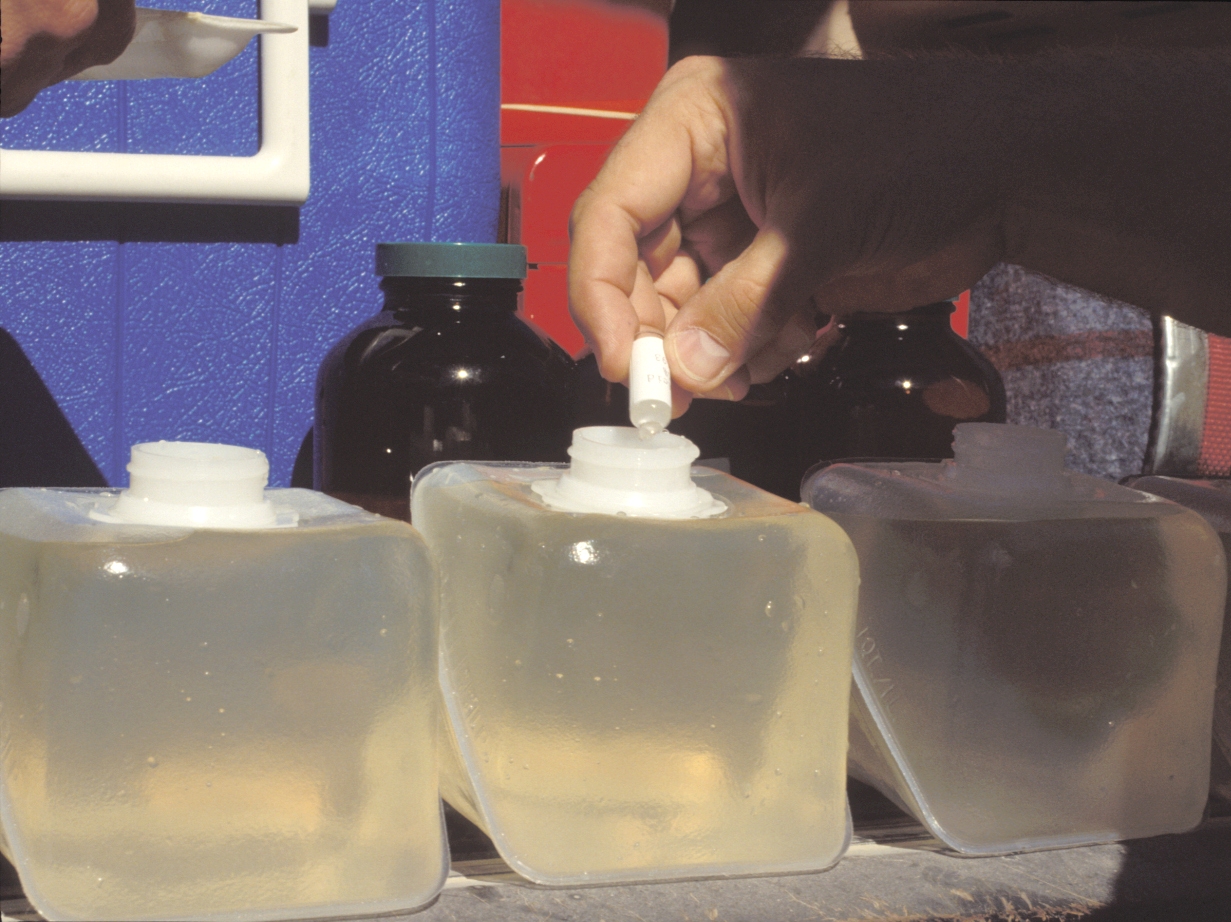Greenpeace: gadgets bad for the planet
Water contaminated around component plants

Greenpeace claims that our love of gadgets is costing the earth. The factories where many components for mobile phones, computers and other gadgets are built are producing hazardous waste which is contaminating local water systems. IBM was highlighted as one of the worst culprits.
In its report ' Cutting Edge Contamination: A study of environmental pollution during the manufacture of electronic products ', Greenpeace shows that samples taken from water around plants in China, Mexico, the Philippines and Thailand showed levels of toxic substances many times over the levels recommended by health bodies.
"Over recent years we have seen an increasing concern over the use of hazardous chemicals in electronic products, but attention has focused on the contamination released during disposal or recycling of electronic waste," said Dr. Kevin Brigden from the Greenpeace Research Laboratories .
"Our findings of contamination arising during the manufacturing stage make it clear that only when we factor in the complete life cycle will the full environmental costs of electronic devices begin to emerge," Brigden said.
Water samples
The water samples were taken from plants where much of the printed wiring board (PWB), semiconductor chip manufacture and component assembly for consumer tech products is done.
Most sites had been contaminated by polybrominated diphenyl ethers (PBDEs) - a group of chemicals used as flame retardants; and phthalates - chemicals used in a wide range of processes and materials.
The semiconductor industry in particular revealed groundwater contaminated with toxic chlorinated volatile organic chemicals (VOCs) and toxic metals, including nickel.
Get daily insight, inspiration and deals in your inbox
Sign up for breaking news, reviews, opinion, top tech deals, and more.
Samples taken from semiconductor facilities were higher than World Health Organisation (WHO) limits for drinking water, and 70 times above the US limits for drinking water. Greenpeace said the contaminated groundwater is very likely to find its way into the water used by local communities for drinking and washing.
IBM was highlighted as one company whose manufacturing partner was guilty of polluting the environment with toxic waste water.
"IBM should act upon our findings and investigate activities at the site in order to prevent any releases of persistent organic compounds from the Guadalajara, Mexico site," said Zeina Alhajj, toxics campaigner at Greenpeace.
IBM response
IBM said in a statement: "We were told that Greenpeace had taken samples of water from open channels running through the Guadalajara Technology Campus in June 2006."
"IBM has written to Greenpeace to explain that the chemicals allegedly found in those channels by Greenpeace are not related to IBM, nor to the best of our knowledge, tenants at the Guadalajara Technology Campus. IBM would be glad to meet with Greenpeace officials at their earliest convenience to discuss this matter."
According to Greenpeace, it is getting increasingly difficult to find out which manufacturers were linked to the big consumer technology brands that people buy their gadgets from.
"There is shockingly little information on precisely which major brand companies are supplied by which manufacturing facilities," said Alhajj.
"Responsibility for the contamination lies as much with those brands as with the facilities themselves. There has to be full transparency regarding the supply chain within the electronics industry, so that brand owners are forced to take responsibility for the environmental impacts of producing their goods," Alhajj added.
The full report can be downloaded from the Greenpeace website .